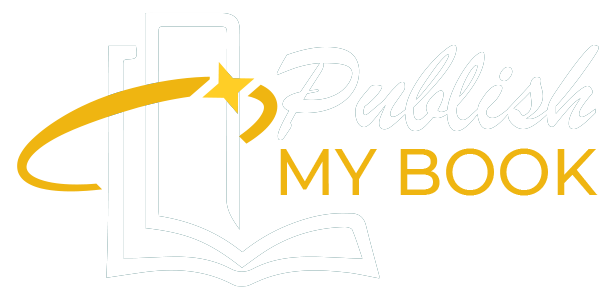
Editing is a crucial part of the writing process that transforms a rough draft into a polished, publishable work. Understanding the different types of editing can help authors and writers improve their manuscripts effectively. Here are the main types of edits explained:
Developmental Editing
This is the first and most comprehensive level of editing. Developmental editing focuses on the big picture elements of a manuscript. It looks at plot structure, pacing, character development, and overall story arc. For non-fiction, it evaluates organization, clarity of ideas, and logical flow. The editor may suggest major changes, rewrites, or restructuring.
Content Editing (Substantive Editing)
Content editing is similar to developmental editing but often more focused on refining the content rather than major overhauls. It addresses inconsistencies, factual accuracy, and completeness. Improves clarity, tone, and style to better suit the target audience. Helps tighten the narrative or argument without rewriting the whole manuscript.
Line Editing
Line editing focuses on the language and style at the sentence and paragraph level. It looks at word choice, sentence structure, rhythm, and flow. Ensures the writing sounds natural and engaging. Eliminates awkward phrasing, redundancies, and unclear sentences.
Copyediting
Copyediting is a detailed review of grammar, punctuation, spelling, and syntax. Corrects errors in spelling, grammar, and punctuation. Checks for consistency in formatting, capitalization, and style guide adherence. Often the final step before proofreading.
Proofreading
Proofreading is the last stage of editing, done after formatting is complete. Focuses on catching typos, minor errors, and formatting inconsistencies. Ensures the final manuscript is clean and ready for publication. Proofreading is not for major changes but for final quality control.
Final Thoughts
Each type of editing serves a unique purpose and is essential for producing a high-quality manuscript. Many authors work with multiple editors throughout the process or perform some edits themselves. Understanding these types can help you choose the right editing services and improve your writing effectively.
